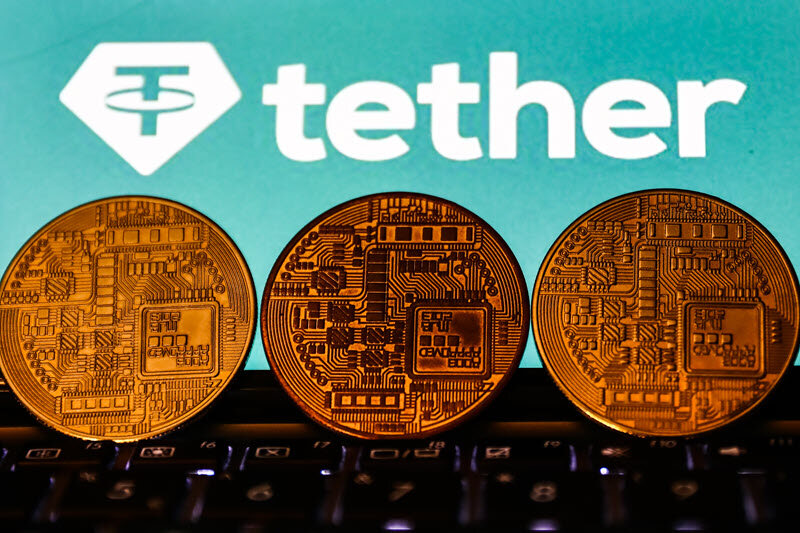Trading with Tether's USDT on centralized exchanges is taking a step back, which makes its historical market capitalization questionable, according to recent findings from Kaiko Research.
Despite a series of setbacks including high-profile collapses and issues with maintaining pegs to fiat currencies, stablecoins have seen a marked increase in market share compared to traditional fiat in crypto trading.
Currently, the major USD and EUR-pegged stablecoins account for 82% of all crypto transactions, with fiat currencies constituting only 18%,
The stablecoin market, however, remains dominated by a few key players. Tether's USDT is the leader, with a trade volume exceeding $3.6 trillion this year, almost four times that of its closest competitor, First Digital's FDUSD.
Despite its dominance, USDT has seen its market share on centralized exchanges (CEXs) shrink from 82% to 69% this year. This shift is partly because of rising competition from FDUSD, which has gotten a boost on Binance with zero-fee trading.
Meanwhile, Circle's USDC is grabbing a bigger slice of the market as more people are leaning towards regulated financial products in the crypto world. USDC's market share has shot up from less than 1% in 2020 to 11% today, Kaiko analysts wrote.
The scene is also changing with new players like Ethena's yield-bearing stablecoin USDe. Although the latter’s volume surged after an airdrop of Ethena's ENA token, it has since dropped from its peak in April.
Looking ahead, the road for algorithmic stablecoins could be bumpy, especially in the U.S., where new laws might bring in tough restrictions or even outright bans on certain types of stablecoins. These upcoming regulatory changes could seriously affect how these digital assets are adopted and how stable they remain.
“Overall, algorithmic stablecoins carry higher regulatory and operational risks, including a potential ban in the US if the recent stablecoin bill is passed, which could impede their broader adoption,” the report concludes.
